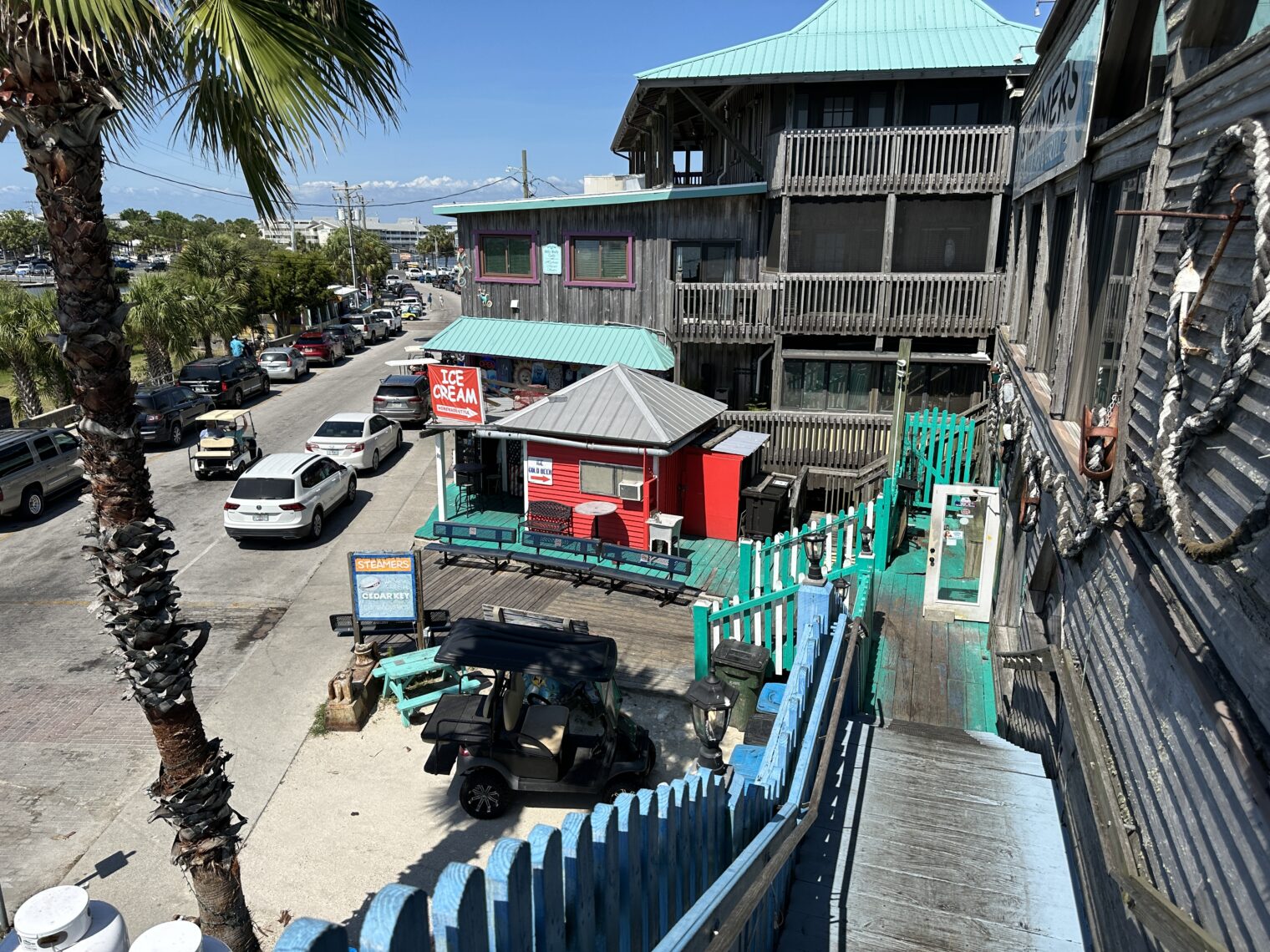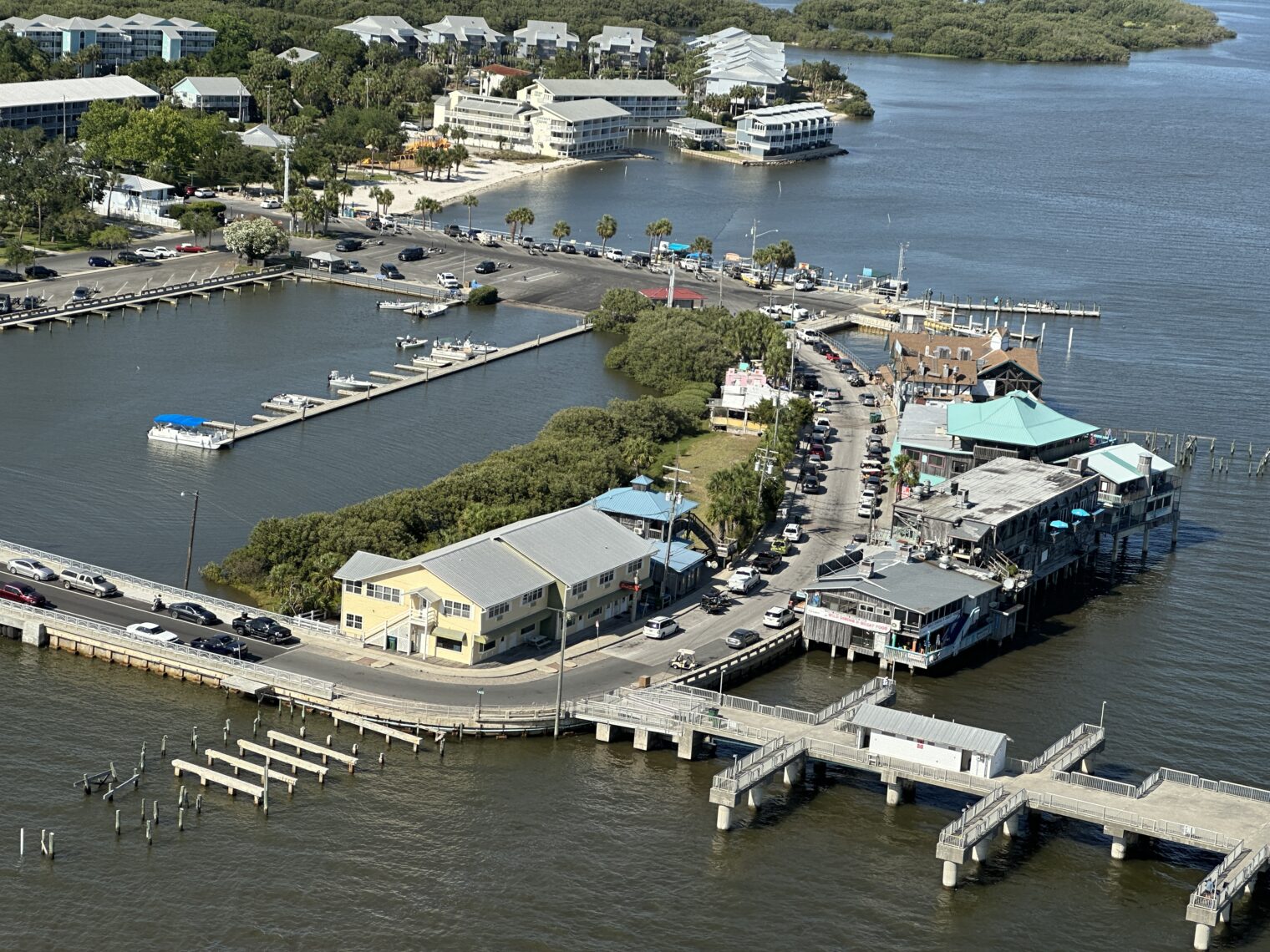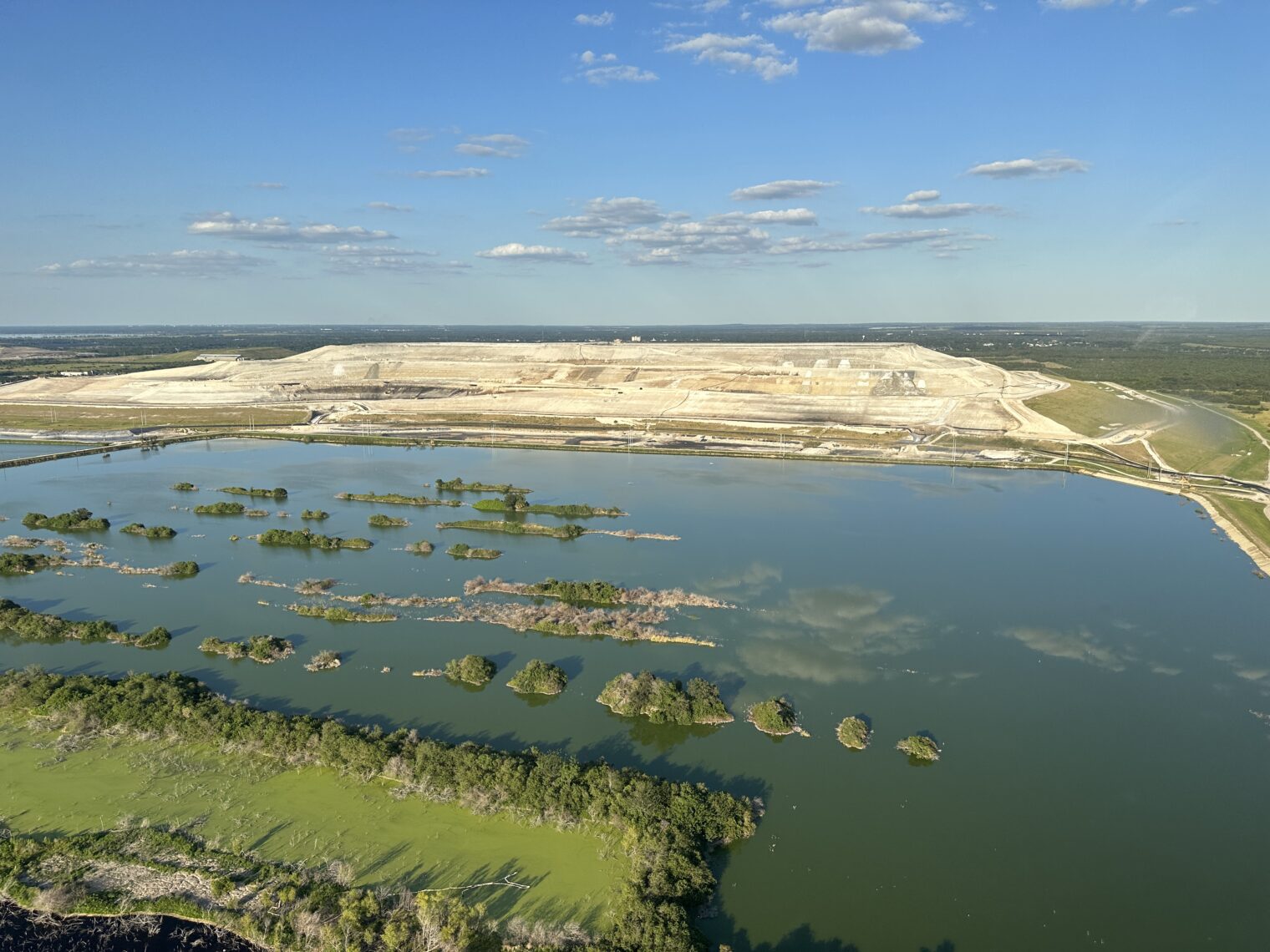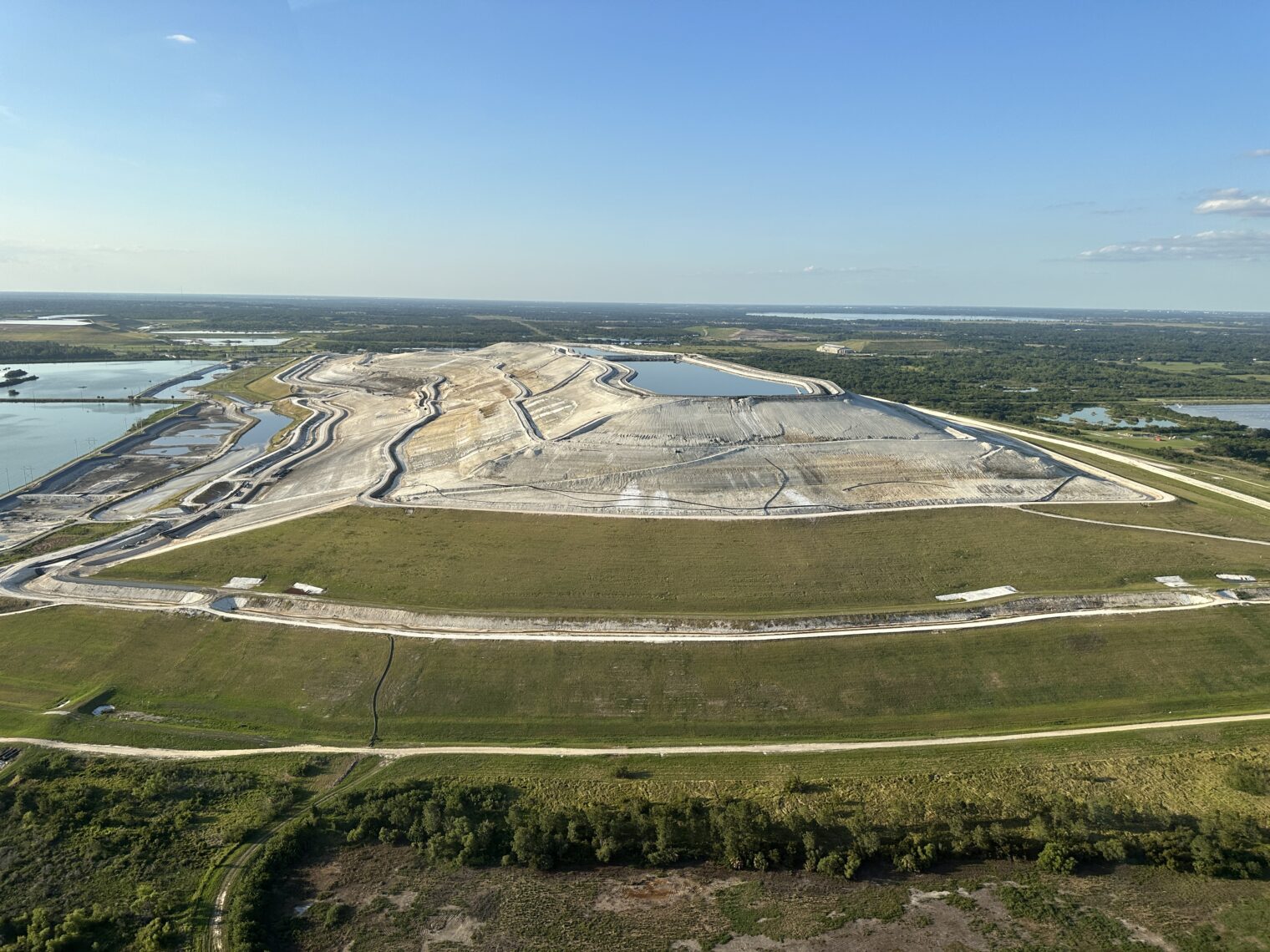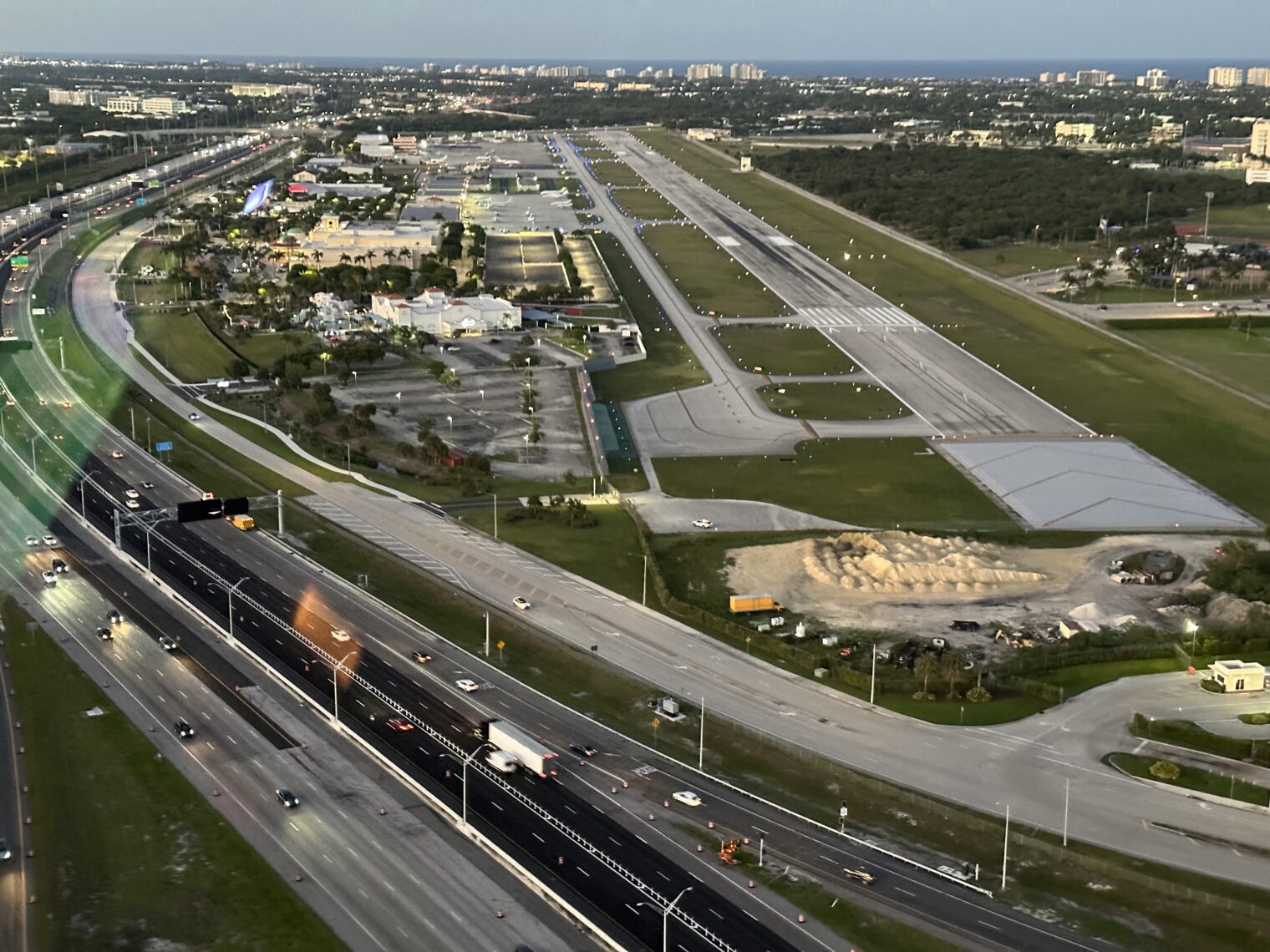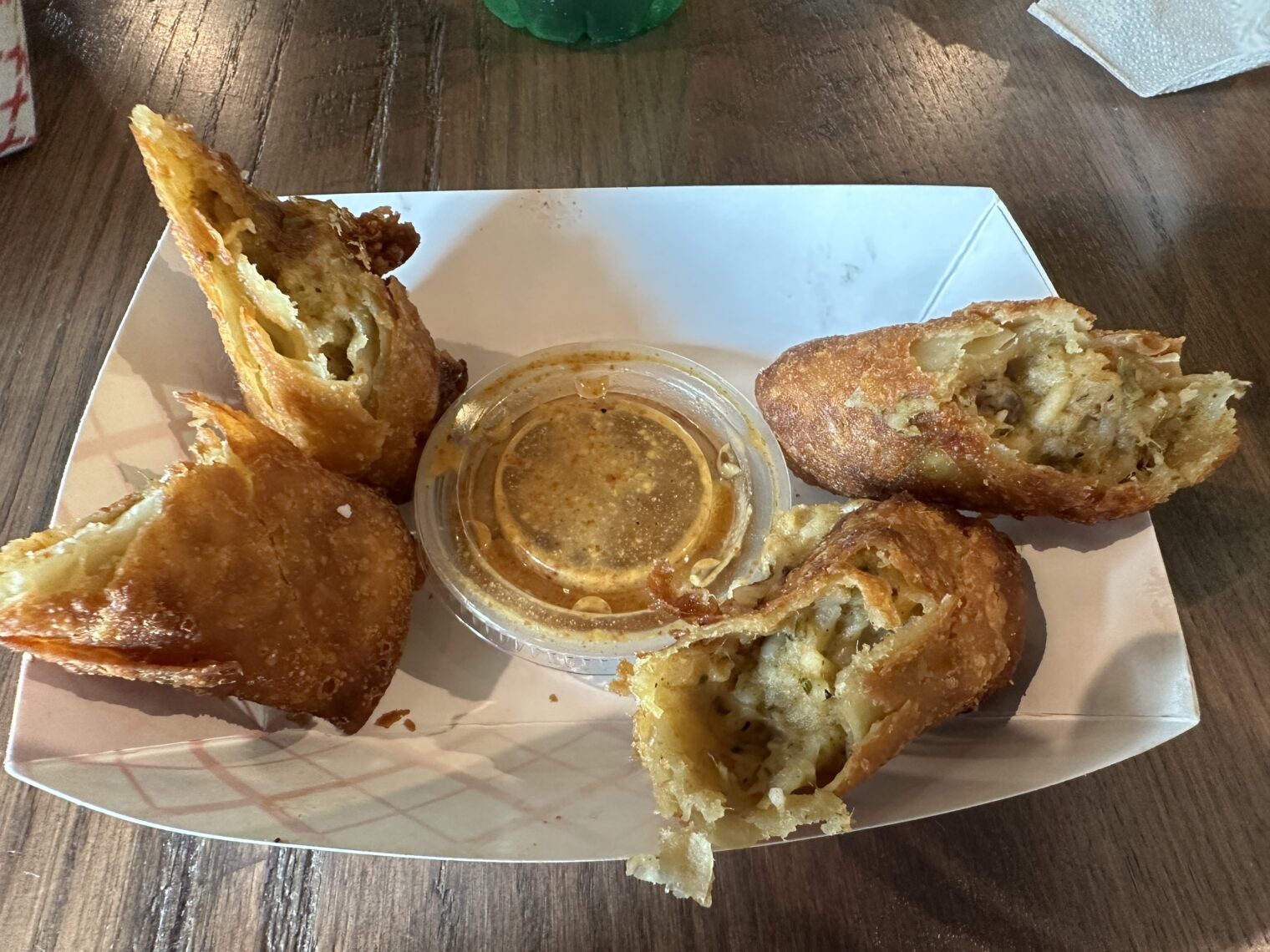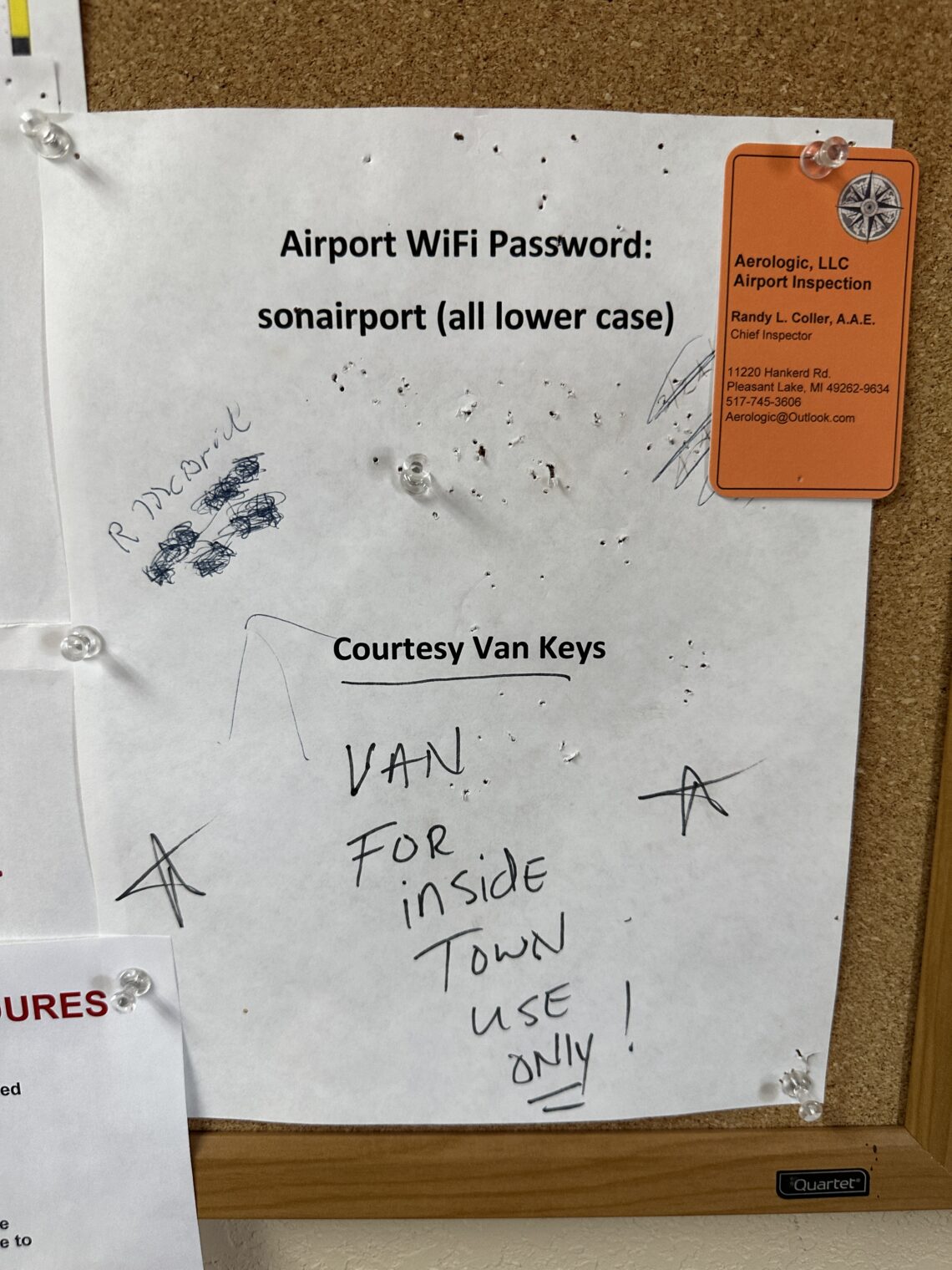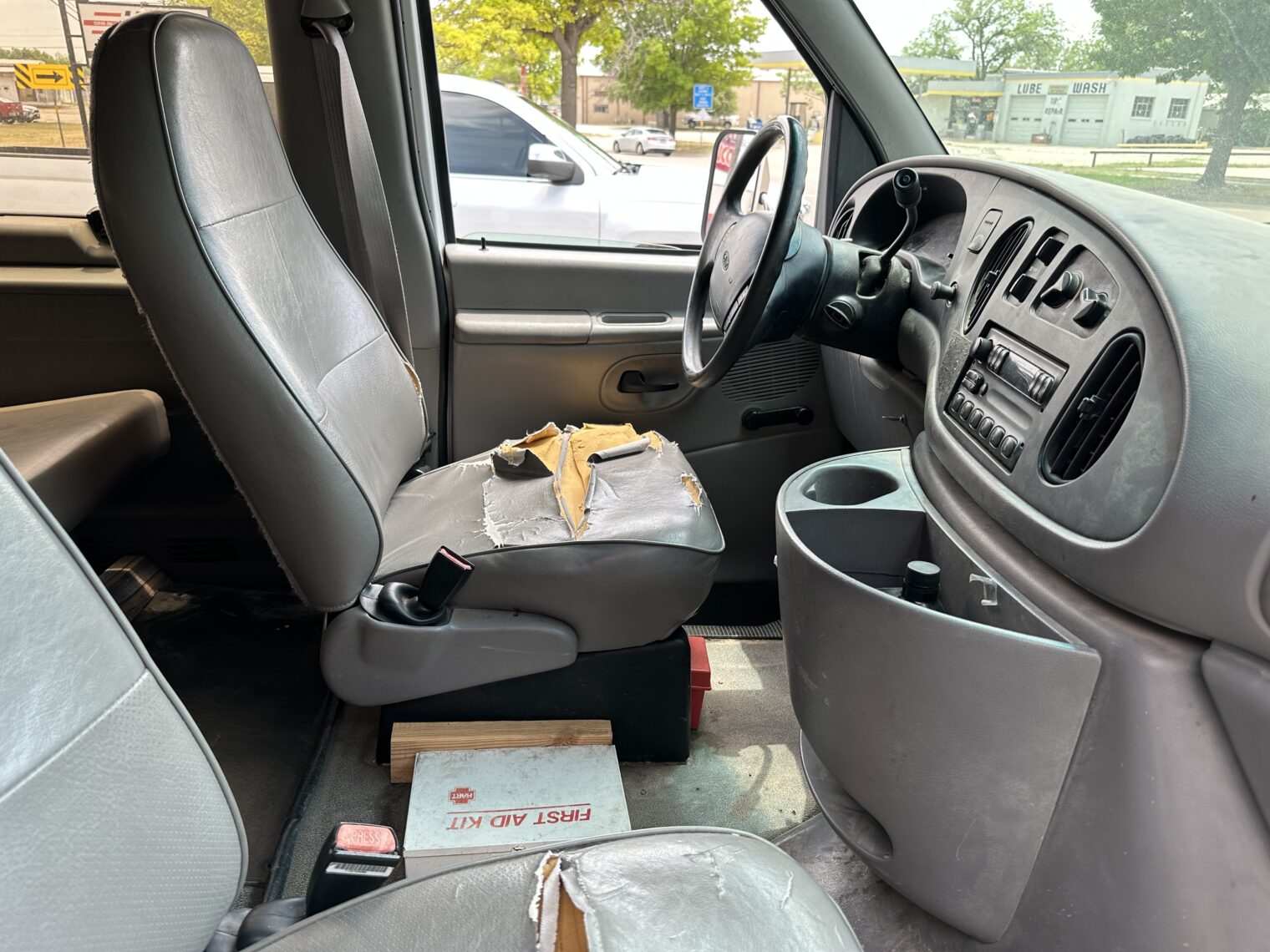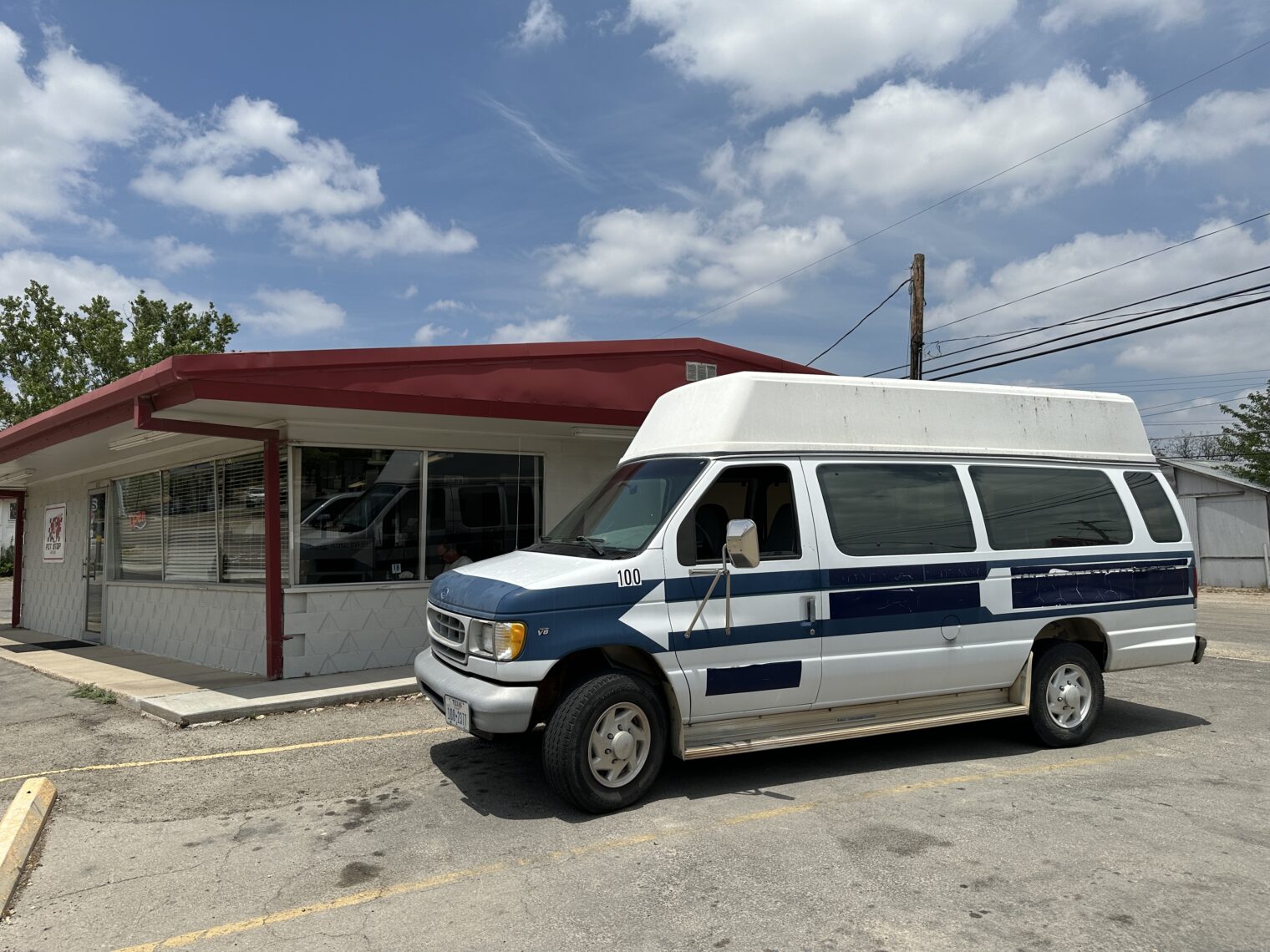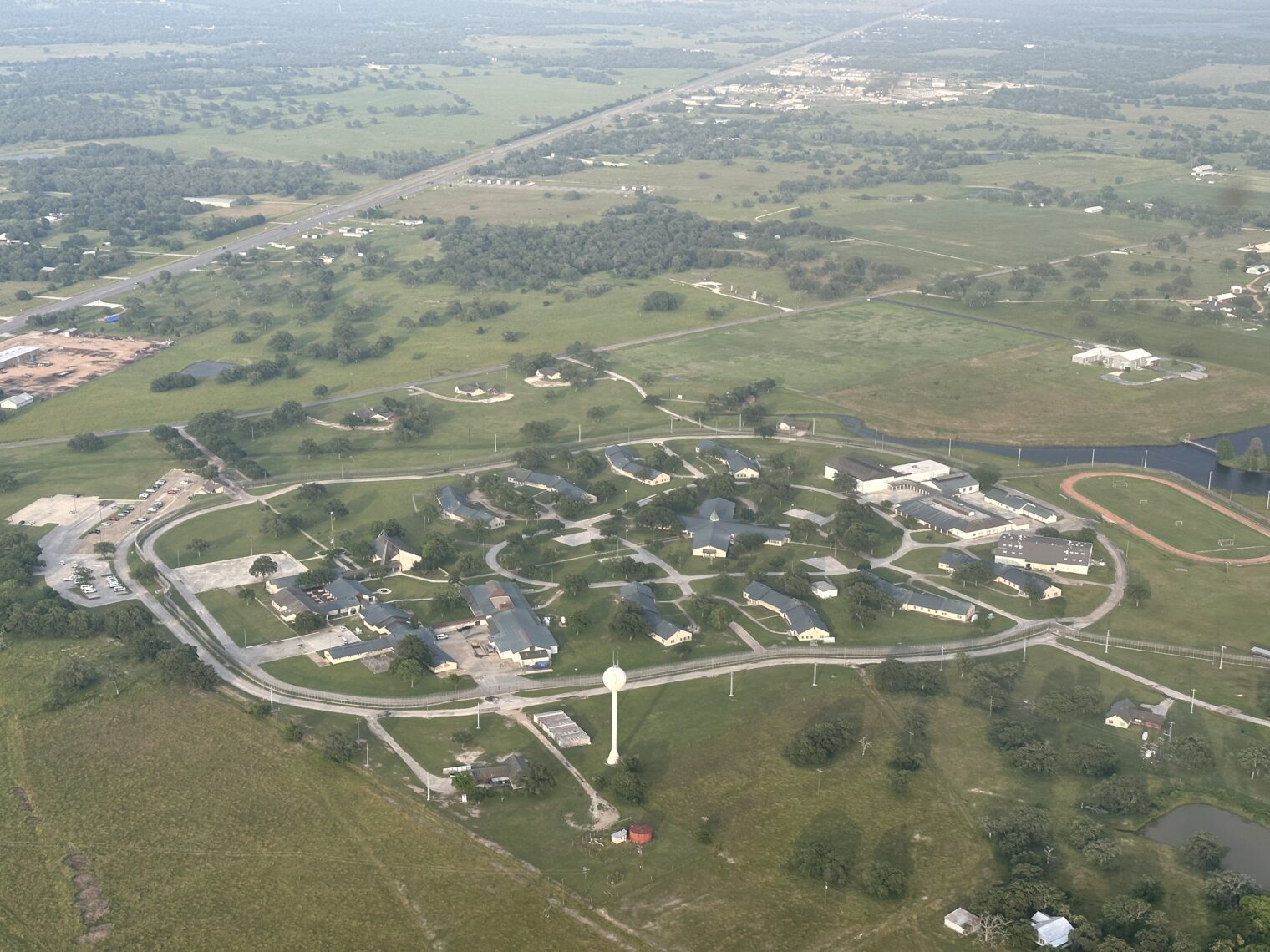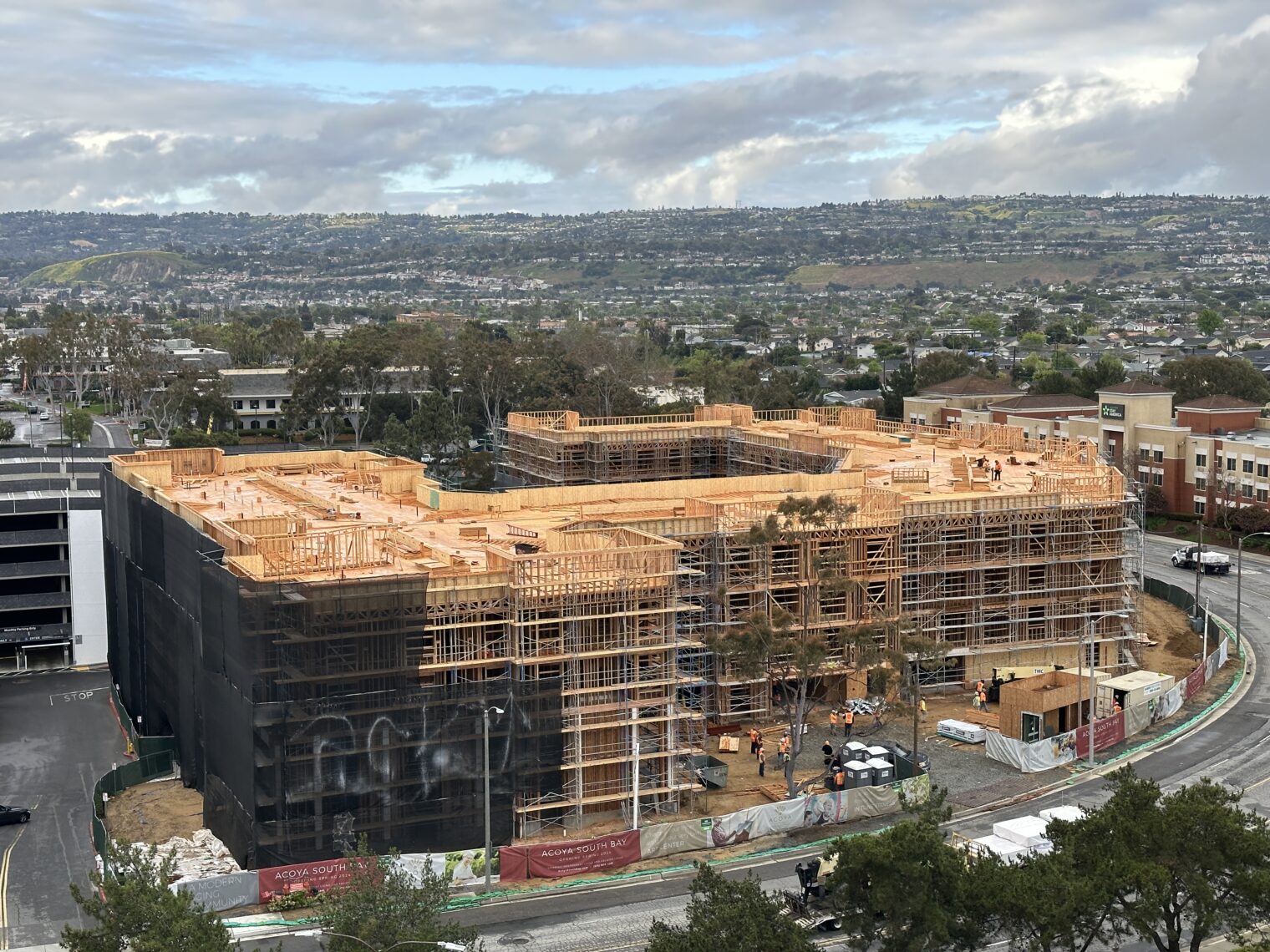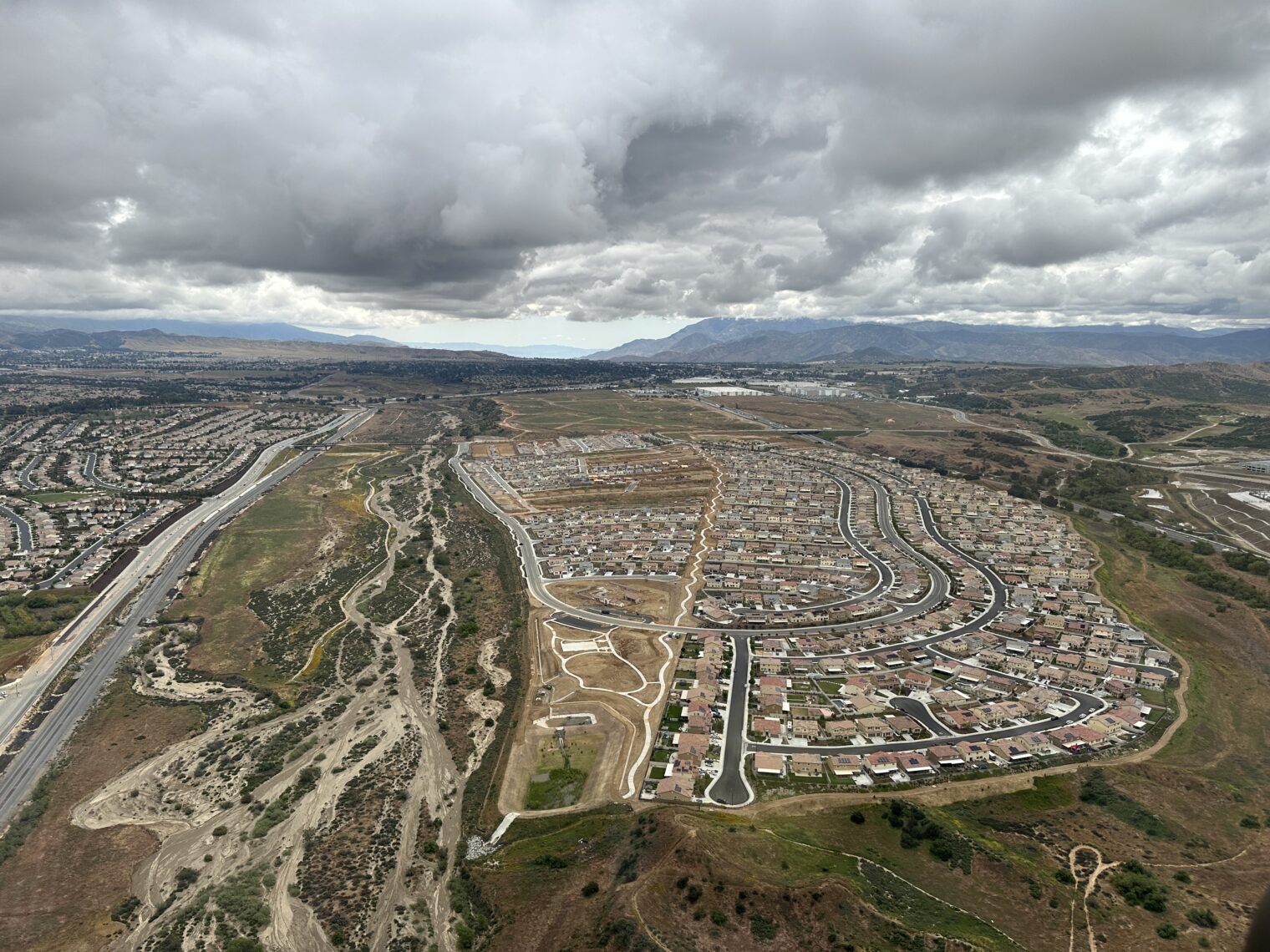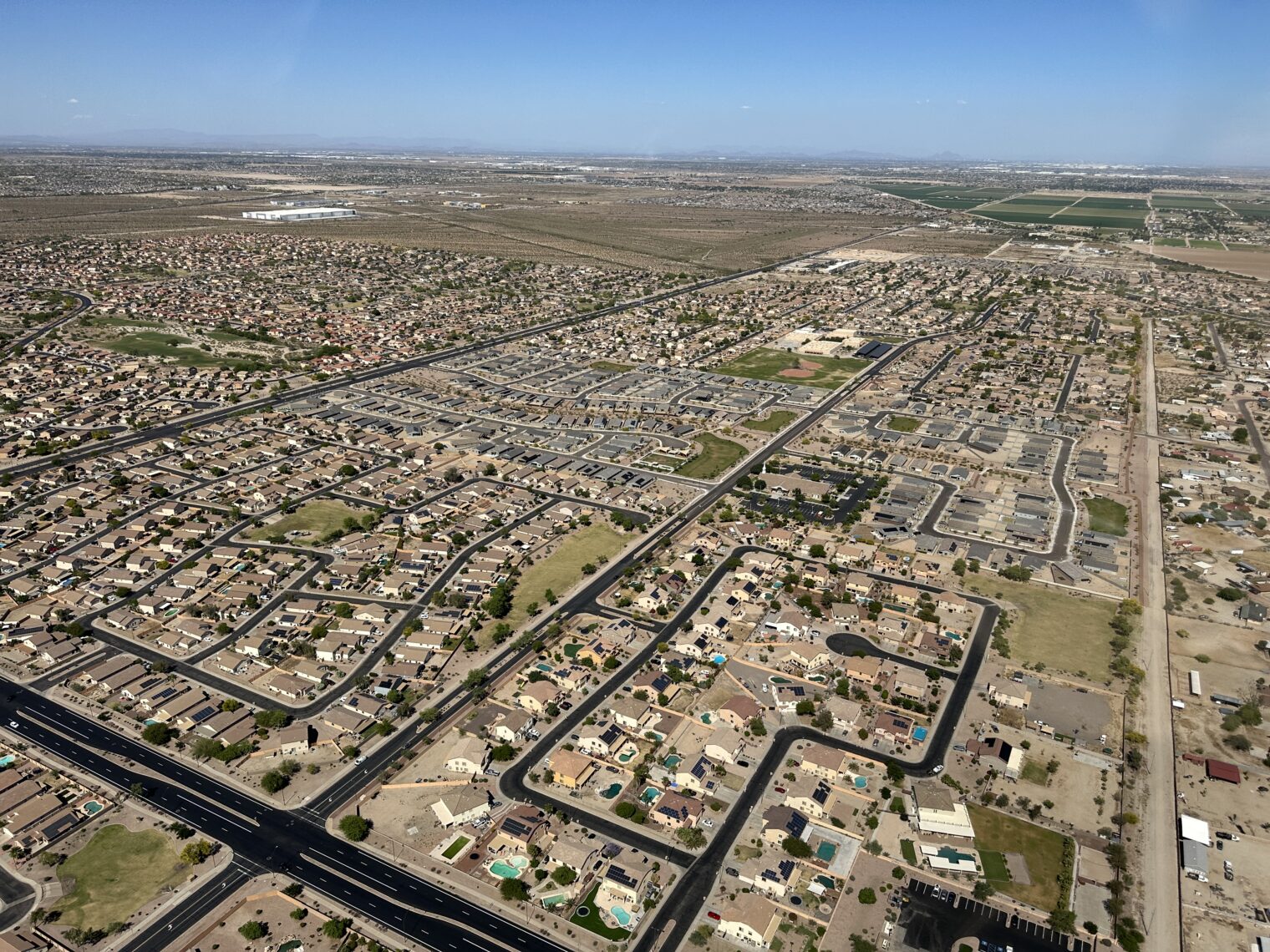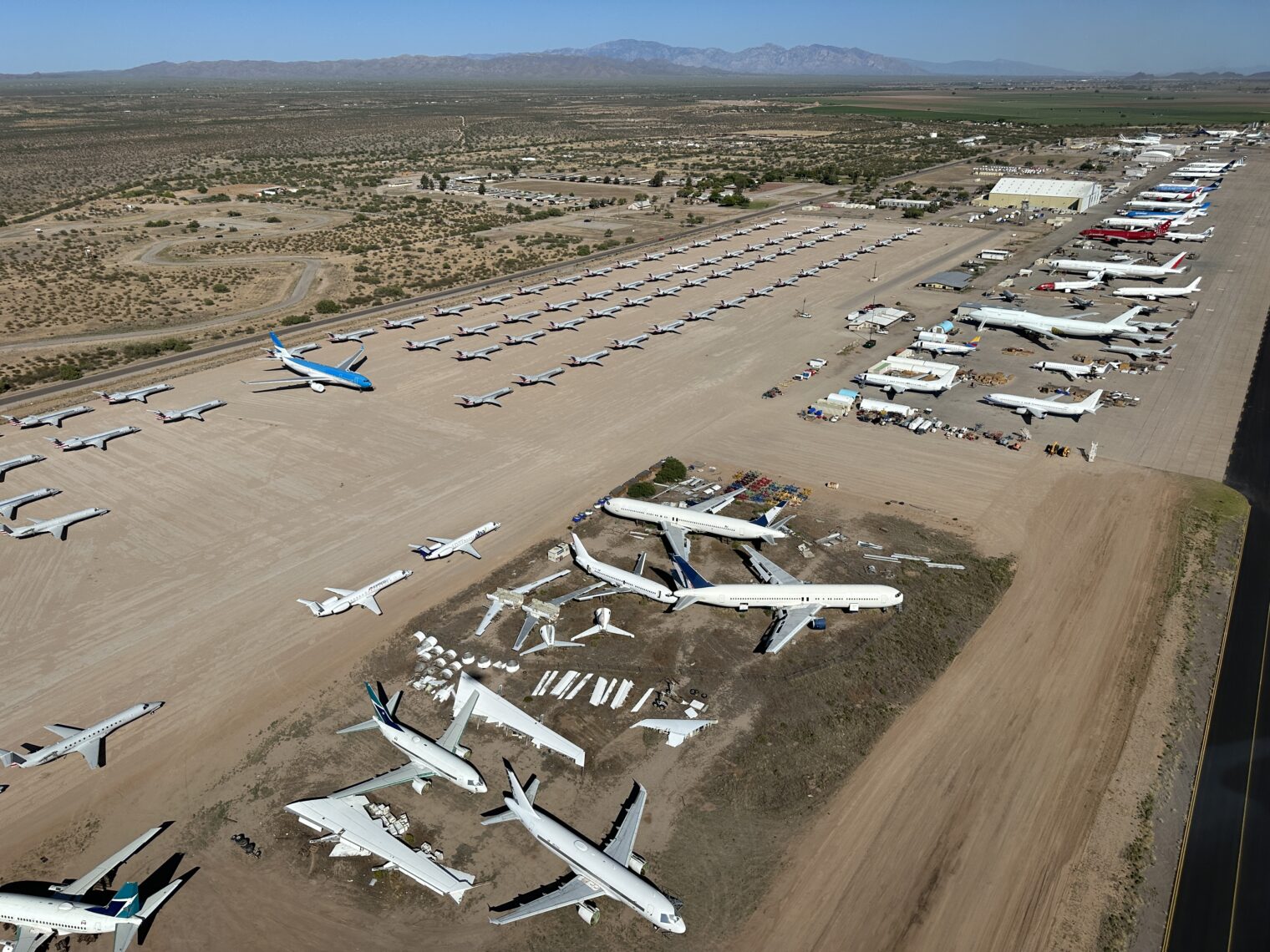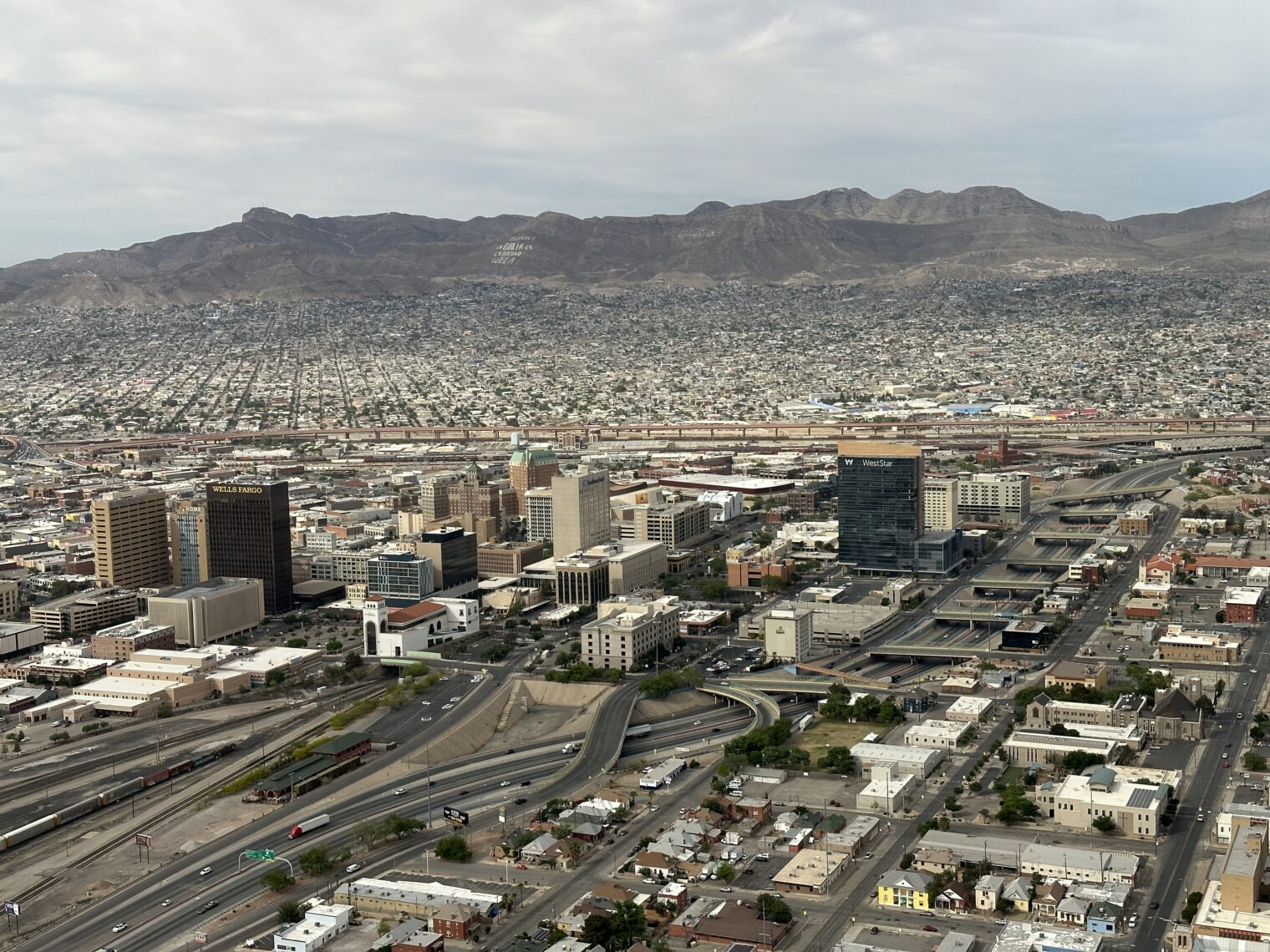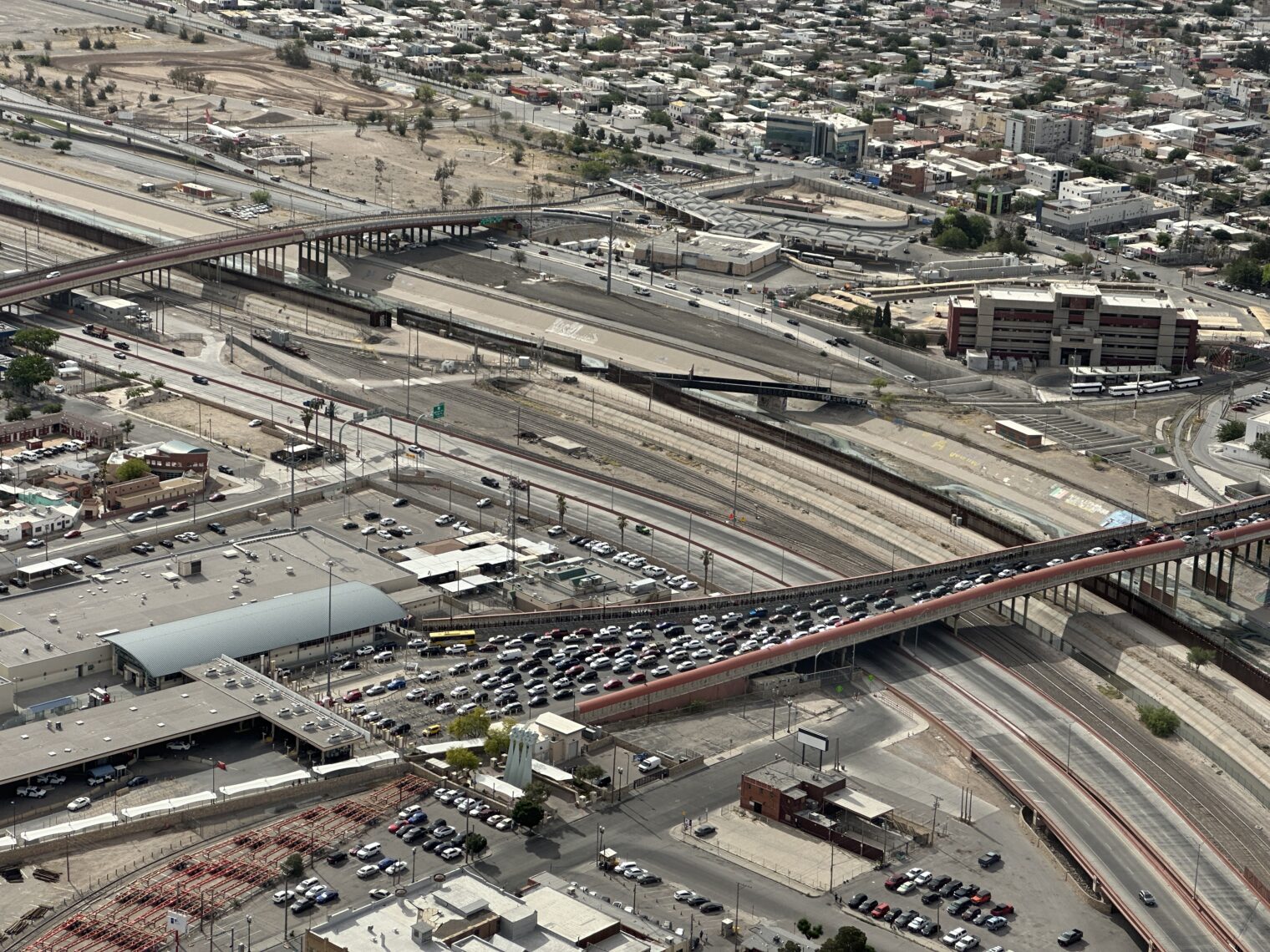Should E. Jean Carroll have been able to sue Donald Trump? (statute of limitations)
New York Democrats opened a one-year window for 30-year-old sexual assault allegations recently so that E. Jean Carroll could sue Donald Trump for attacking her in a New York department store at some point in the mid-1990s (as Toucan Sam points out, the plaintiff’s inability to remember the date was helpful because it prevents the defendant from coming up with an alibi for that day, e.g., “flight records show that I was in Florida with my Boeing 727 and so does this photo from the Palm Beach Post.
States are sovereign and can usually do whatever they want, but Trump was no longer a New York resident at the time his plaintiff got funded by Reid Hoffman. Is a Florida resident vulnerable to attack in the New York courts today because he had the poor judgment to be present in New York State at some point in the 1990s?
I wonder what happens if other states copy New York. Suppose that Pennsylvanians, envious of the pharma wealth accumulated in New Jersey, say that they learned from Dr. Fauci about the critical importance of pharma and, therefore, there won’t be any statute of limitations for suing an out-of-state pharma company for pain and suffering that a plaintiff attributes to ingestion of a pill. Pennsylvanians have no paper records of what drugs were prescribed to whom back in the 1980s, but can come to court with dramatic testimony, corroborated by family and friends, about being harmed. Female plaintiffs can copy E. Jean Carroll and talk about how a pill taken in the 1990s caused their spinsterhoods. Why wouldn’t Pennsylvania juries want to #BelieveNeighbors and hit out-of-state pharma companies with massive judgments for actual and punitive damages? Pfizer’s market cap of $200+ billion could be siphoned away within a few years.
If all of the pharma companies have been mined out by Pennsylvanians, the Montana Legislature could decide that automobiles are critical to family life in Montana. Therefore, claims of premature component failures, injuries due to design or manufacturing defects, etc. shouldn’t be subject to any time limits. Montana residents then file suits against Ford, GM, Toyota, et al., saying that cars for which they paid $10,000 in 1985 ultimately proved to be unreliable. Plaintiffs have no paper records, but can offer dramatic testimony, corroborated by family and friends, about what terrible cars were delivered to them. Montana juries can award each plaintiff $28,755 in actual damages ($10,000 in 1985 money adjusted with CPI to today’s Bidies) plus punitive damages. Why not believe the car purchase survivor if the money is going to be paid by an out-of-state or out-of-country manufacturer to a local resident?
Volkswagen Group has a market cap of about $70 billion. Montanans should be able to take it all by saying that they suffered from problems with the Audi 5000, including unintended acceleration (proven beyond a doubt by CBS’s 60 Minutes show).
Readers with legal minds: Could what the New York Democrats did run afoul of the U.S. Constitution? The Fifth Amendment, originally binding only on the federal government, but eventually extended to the states:
No person shall … be deprived of life, liberty, or property, without due process of law
The Fourteenth Amendment:
…nor shall any State deprive any person of life, liberty, or property, without due process of law.
It isn’t obviously “due process” to go from a 5-year statute of limitations to a 20-year statute (2019 change by Florida Realtor of the Year 2020/2021) to no limit (the 2022 change) and then back to 20 years (scheduled for end of 2023).
Full post, including comments

















